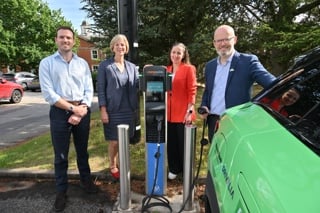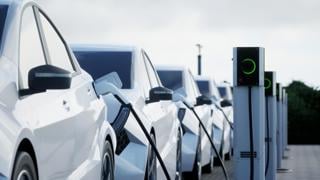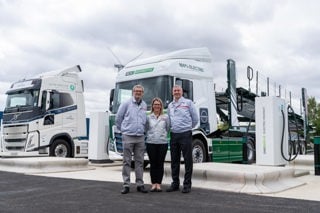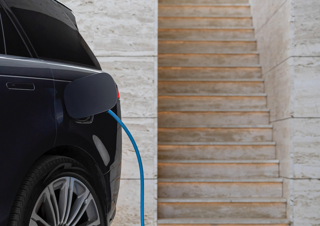Electric trucks are already becoming a cheaper option than their diesel equivalents when comparing lifetime costs, a new study suggests.
Researchers compared the ‘total cost of ownership’ of commercial vehicles – including purchase price, fuel/electricity and maintenance over the lifetime of a vehicle.
They found a ‘tipping point’, where zero-emission vehicles become the cheapest option, has already been reached in some countries.
The findings are published in a report by the Economics of Energy Innovation and System Transition (EEIST) programme, led by the University of Exeter and produced in partnership with the International Council on Clean Transportation.
“We were surprised by our results,” said lead author Dr Amir Akther, from Exeter’s Global Systems Institute. “The tipping point is much closer than we expected.
“In some regions and vehicle categories – such as heavy- and medium-duty trucks in China, and vans in India and China – electric vehicles are already cheaper over their lifetimes than their diesel counterparts.
“In other regions, cost parity is expected before 2033.”
Simon Sharpe, managing director of S-Curve Economics, added: “Electric trucks are already becoming cheaper than their diesel-drinking predecessors.
“The right policies can drive even faster cost reduction, saving more money and increasing the productivity of all businesses that transport goods by road.”
In the UK, registrations of new zero emission HGVs were up 94% in April, albeit that equated to just 97 units, according to figures from the Society of Motor Manufacturers and Traders (SMMT).
With an overall market share of 1%, up from 0.5% a year ago, this is the highest proportion of zero emission trucks registered in a quarter, demonstrating small but growing demand for the very latest and greenest models after flatlining last year.
While purchase costs of electric trucks remain higher than diesel equivalents, technology is becoming both better and cheaper.
For example, the cost of lithium iron phosphate batteries – the main choice for electric trucks – fell by 86% between 2013 and 2024.
Policy roadmap
The researchers used real-world data and detailed models to assess the current situation and compare the effectiveness of policies.
“Regulatory policies, particularly zero-emission vehicle mandates, but also fleet-wide emissions reduction standards, are generally the most effective way to get electric trucks on the road,” Dr Akther said.
“Subsidies and taxes are less effective on their own, but subsidies can help grow the market for zero-emission vehicles, particularly after some critical demand was met.
“We also found that policies can work really well when used in combination.”
Felipe Rodriguez, heavy-duty vehicles programme director for Europe and China at the International Council on Clean Transportation, says that strong supply-side regulations, like CO₂ standards and sales requirements, have proven effective in accelerating the transition to electric cars.
“This analysis suggests that, with the right mix of measures and policy sequencing, they can play a similarly crucial role in the shift to zero-emission trucks,” he added.
The study does not explicitly model infrastructure, although infrastructure costs are included in the calculation of vehicle lifetime costs, to ensure a fair comparison.
The research was funded by the UK Government’s Department for Energy Security & Net Zero as part of the EEIST programme.























Login to comment
Comments
No comments have been made yet.